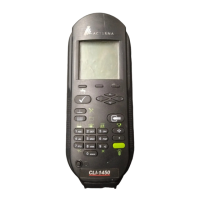gy than a drop source and could pro-
duce a much greater effect on the sys-
tem’s total leakage into the airwaves.
Other less common leakage sources
include:
• Malfunctioning television sets
and VCRs
• Bad converters
• FM splitters
• Inferior quality coaxial cable
• Two piece fittings
• Splitters used outside without
weather bonding
• F-fittings with pinched jackets
as a result of poorly adjusted
hex crimper
2-5
~ Underground Leakage
Sources
The potential for damage to under-
ground cable is more common near
driveways, roads and sidewalks.
Cables that are buried near high traf-
fic areas will naturally attract greater
opportunities for accidental cable
damage. Similarly, it is not uncom-
mon to check near fence-lines or mail-
box posts when checking for leaks.
Buried cables can be cut or gashed
any time digging occurs in the vicinity.
Buried cables in streets without con-
duit (direct buried) will crack and
eventually break.
Common underground drop related
leaks are often found at the pedestal
taps which are caused by broken or
unterminated tap ports; malfunction-
ing terminators; loose F-connectors at
the tap; and cracked feeder cable. The
table on the next page (2-6), identifies
common potential leak sites when
checking for underground leakage.

